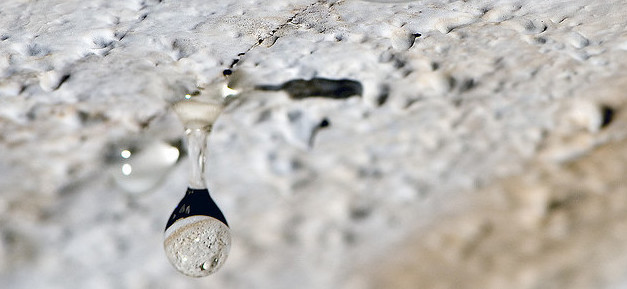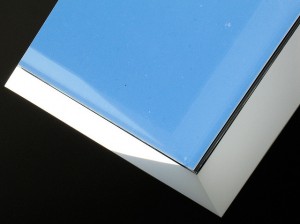 (412) 364-9114
(412) 364-9114

The signs of a ceiling leak are numerous, and as a result, identifying the source of a ceiling leak can be tricky. Once a leak is identified, the correct repair professional can be called, or you can attempt to fix the leak personally. Either way, finding the source of the leak before calling in a professional can prevent time from being wasted.
Before you can identify the source of a ceiling leak, first you must recognize the signs that a ceiling leak has occurred.
A water spot on the ceiling can indicate the approximate location of the leak, but in order to discover the source, far more investigation must take place. For starters, the timing of the leak is a clear indicator of the source. Leaks that consistently occur regardless of weather conditions and rain outside are an indication that that the leak is coming from somewhere in the house. Leaks that only occur when it rains indicate that the moisture is in response to the rain.
To find the true source of the leak, you’ll need access to the attic. Once there, a quick visual scan may show you where the leak is. Look for water damage on the underside of the roof. The wood may be stained a dark color, or there could be signs of light or dark colored mold growing on the wood.
If your attic is covered in insulation, finding the leak will be harder. Walk to the approximate location in your house where you believe the leak to be located. Pull away insulation in the surrounding area, both on the floor of the attic as well as the ceiling, to find signs of water damage.
If there are pipes in the same approximate location as the leak, inspect the pipes for damage or corrosion. Leaky pipes may show obvious signs of distress, like cracks or holes. In some cases, the signs of distress may be less obvious. Feel the pipe for moisture. Look for rust or the green patina associated with water exposure. Use your flashlight to inspect up and down the pipe, keeping in mind that water may be traveling over the surface of the pipe from another location.

If there are no visible pipes in the area where you believe the leak to be, the leak is more likely coming from a hole in the roof. Inspect the underside of the roof with your flashlight. The area around skylights, chimneys and vents are particularly vulnerable and may be the source of the problem. If you see an actual hole in the roof, and you intend to fix the roof yourself, stick a straw through the hole. This will make it easier to find the hole when you get up on the roof.
Unless your very comfortable with DIY home improvement, it’s best to call a professional to fix your leak. Residents of the Pittsburg area can contact Terry’s Plumbing to repair their leaking pipes. Our professional and courteous staff are standing by to help–and we also have a 24 hour plumbing emergency hotline!